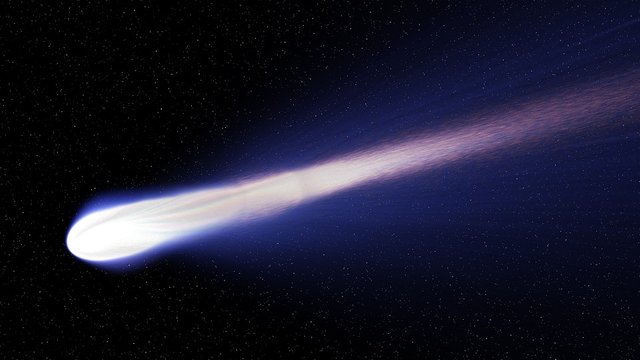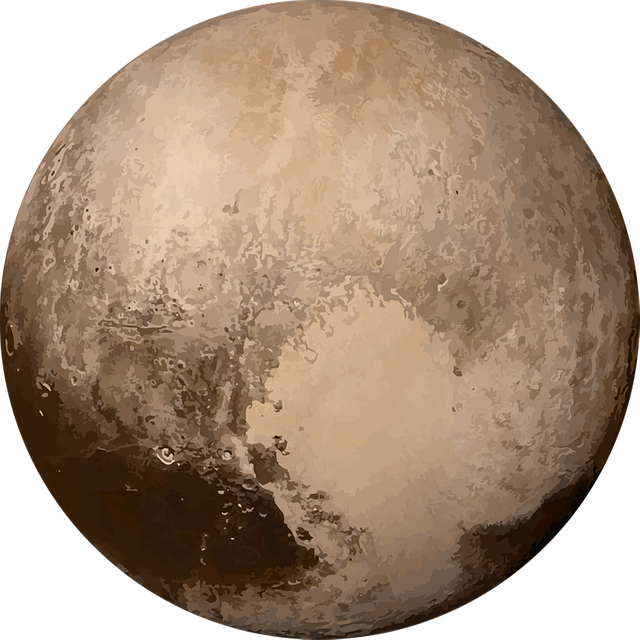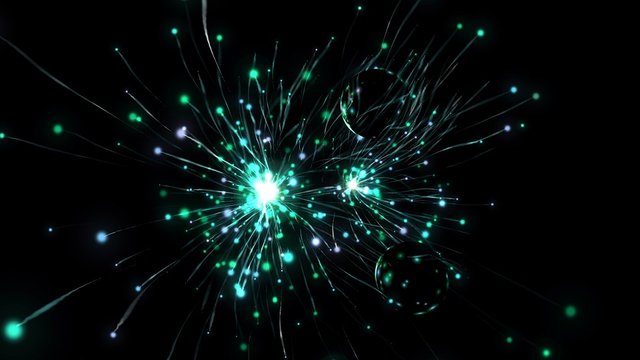Stardust - How do we gather samples from a comet?
November the 12th, 2014. Philae detached from its mother-ship Rosetta, and by its own means landed in the middle of space: 500000000 km away from Earth, on a comet. Stumbling, balancing and with sheer force driven by drills and harpooning. Philae & Rosetta told us their quest in first person perspective, this story was followed as it unfolded by millions of people. An adventure in the middle of the cosmic frost of epic magnitude. But this was not the first time humankind touched a comet.

February the 6th, 1999, before social networks allowed to to witness "live" events, a spaceship named Stardust was launched, heading to an important date 400000000 km away from the nearest cinema, it was planning to meet in January the 2nd, 2004 with the comet Wild-2. The target was for the ship to get into (covered with its shields at a speed of 21960 km/h) the dust cloud that surrounded the comet, deploy its its collecting sails and pick up samples from the particles that surround the comet.
This would become the first material sampling ever done further than at the Moon. With some luck, if the math was right (and if all worldwide computers didn't go crazy thanks to the Y2K), seven years later, in Utah, Stardust would be back after travelling 520000000 km... Quite a trip.
Comets are the most primitive celestial objects in our solar system; they are a remain of the original nebula that later shaped into what we know today: The Sun, Earth, other planets... you get the idea.
Aristotle thought that comets were born in Earth, before Copernicus gave us the bad news about we not being the center of the Universe. Tycho Brahe, by the end of the 16th century, was the first one to predict their locations and after nearly half a century astronomers like Jan Oort and Gerard Kuiper gave us a perspective into celestial objects that is closer to what we understand today:
The whole Solar System comes from a dust cloud that remained from the explosion of a star much bigger than our beloved Sun. From this, the Sun, planets and all the leftover materials of rocks ice balls and frozen gases. Beyond those planets in the edges of our Solar System, there's millions of comets. These dormant comets orbit around the Sun and some get a gravitational pull that forces them near the center from time to time.
Around that time, astronomers already argued about Pluto, -the one that every two weeks is vanished from the planet club-, "it is nothing more than a giant comet" orbiting far away (I would prefer to be called giant comet rather than dwarf planet).

Those cosmic boulders, since they are so far away, are preserved in cold and had nearly no changes in their original composition, just like my Grandma.
We all know this, cold preserves things, comets can be considered our system's fossils that endured unchanged for billions of years. They preserve a structure very similar to the one of the original nebula. The comets we can see are the ones that are pulled too close to the center of our Solar System: As it gets closer to the Sun, the surface starts to heat up and evaporate, creating a cloud around the nucleus of the comet known as a coma. That is where Stardust was headed.
Wild-2, the meeting comet, was particularly interesting because until then, it had never been near the Sun. In 1974 Jupiter's pull modified Wild-2's orbit so it would get closer to our star.
This was ideal, a "virgin" comet with an unaltered composition that would be composed by the original elements.
In January 15th, 2006: The Stardust landed in the Utah desert. After spending some vacations in a comet, it brought with it samples of things we were never been able to look at.

nice info, thanks for sharing
I didn't know that, kinda cool actually!! I'm a big fan of any cosmic education appreciate the good read bud!
Space is full of wonders, nice post :)
Very interesting thank you
all i can say is WOW! amazing!
nice post